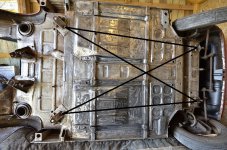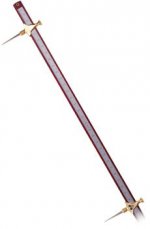Trouble is, if there was enough damage to cause movement in the front x member and this was not repaired properly before replacing the outer panels then if it goes on a jig and pull the x member into place, all your external panels may move, distort or need replacing.
This could work out rather costly.
There maybe an easier option of cutting the section out of the inner arch which mounts the suspension arms and moving it forward a few mm to increase the wheel base. The only thing is this could effect the caster angle if the 2 studs in the x member are in the wrong place. So these may need to be cut and welded as well.
Stocks of Canterbury just on the other side of the fence from the tip might be able to help. But they would probably want it with the suspension and interior removed. If you went there and spoke to Keith or Clive and tell them I sent you (Sean Thomas from Direct Line) they may assist you.
This could work out rather costly.
There maybe an easier option of cutting the section out of the inner arch which mounts the suspension arms and moving it forward a few mm to increase the wheel base. The only thing is this could effect the caster angle if the 2 studs in the x member are in the wrong place. So these may need to be cut and welded as well.
Stocks of Canterbury just on the other side of the fence from the tip might be able to help. But they would probably want it with the suspension and interior removed. If you went there and spoke to Keith or Clive and tell them I sent you (Sean Thomas from Direct Line) they may assist you.








